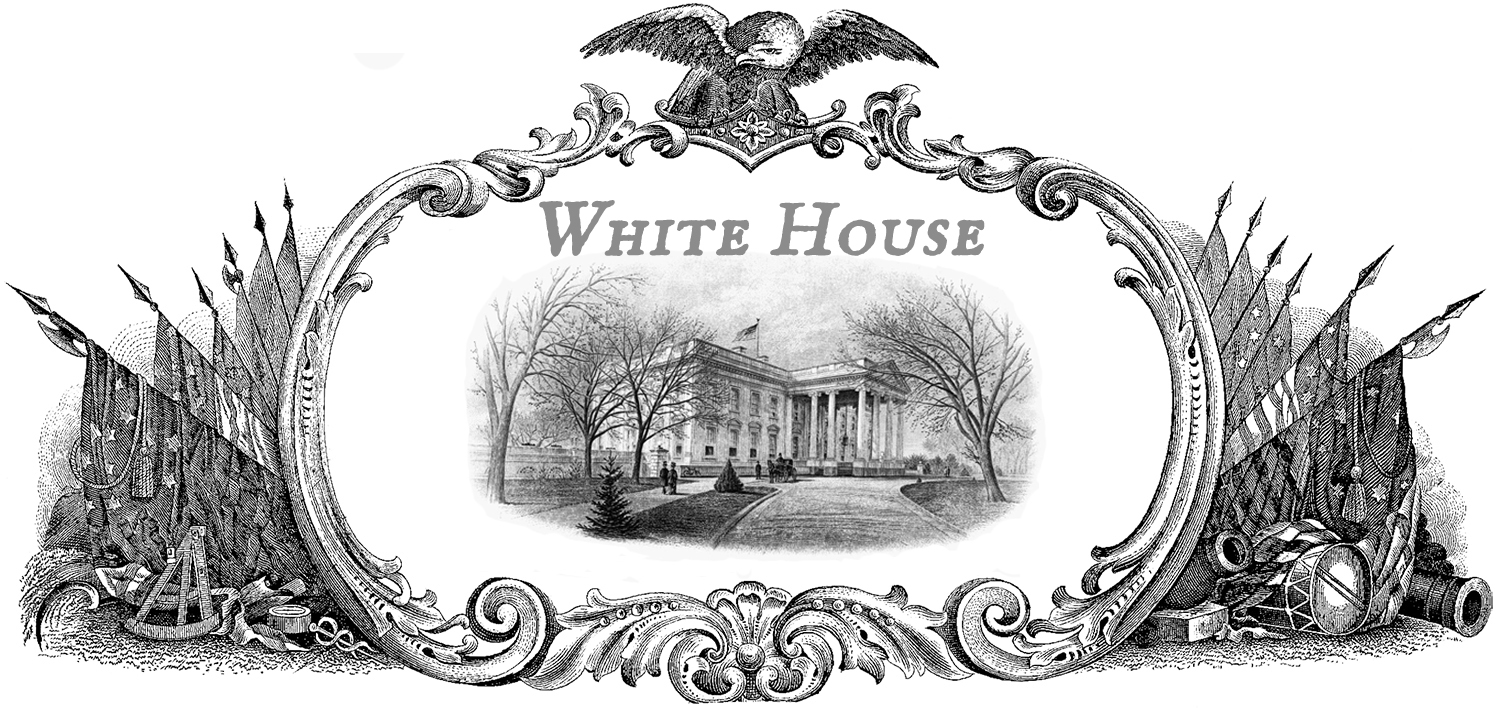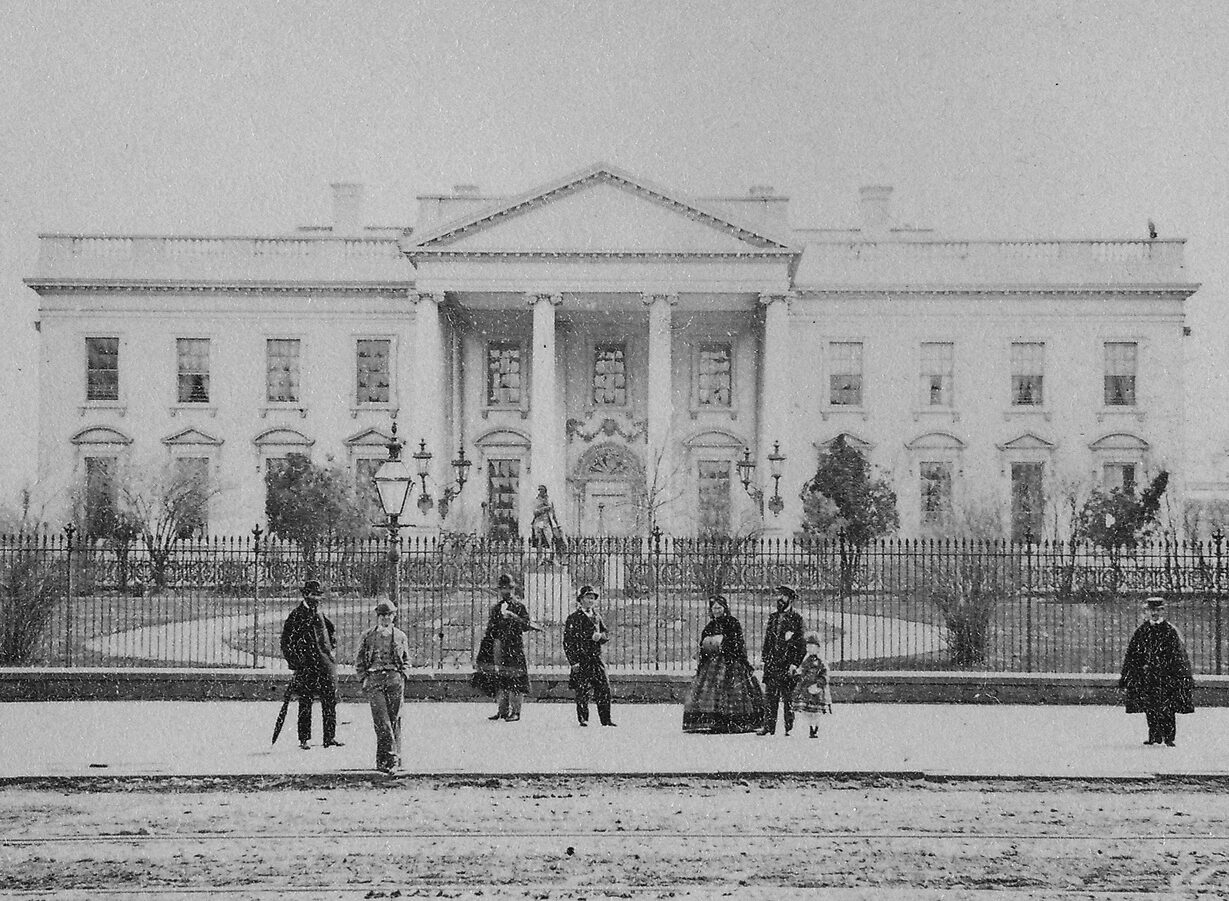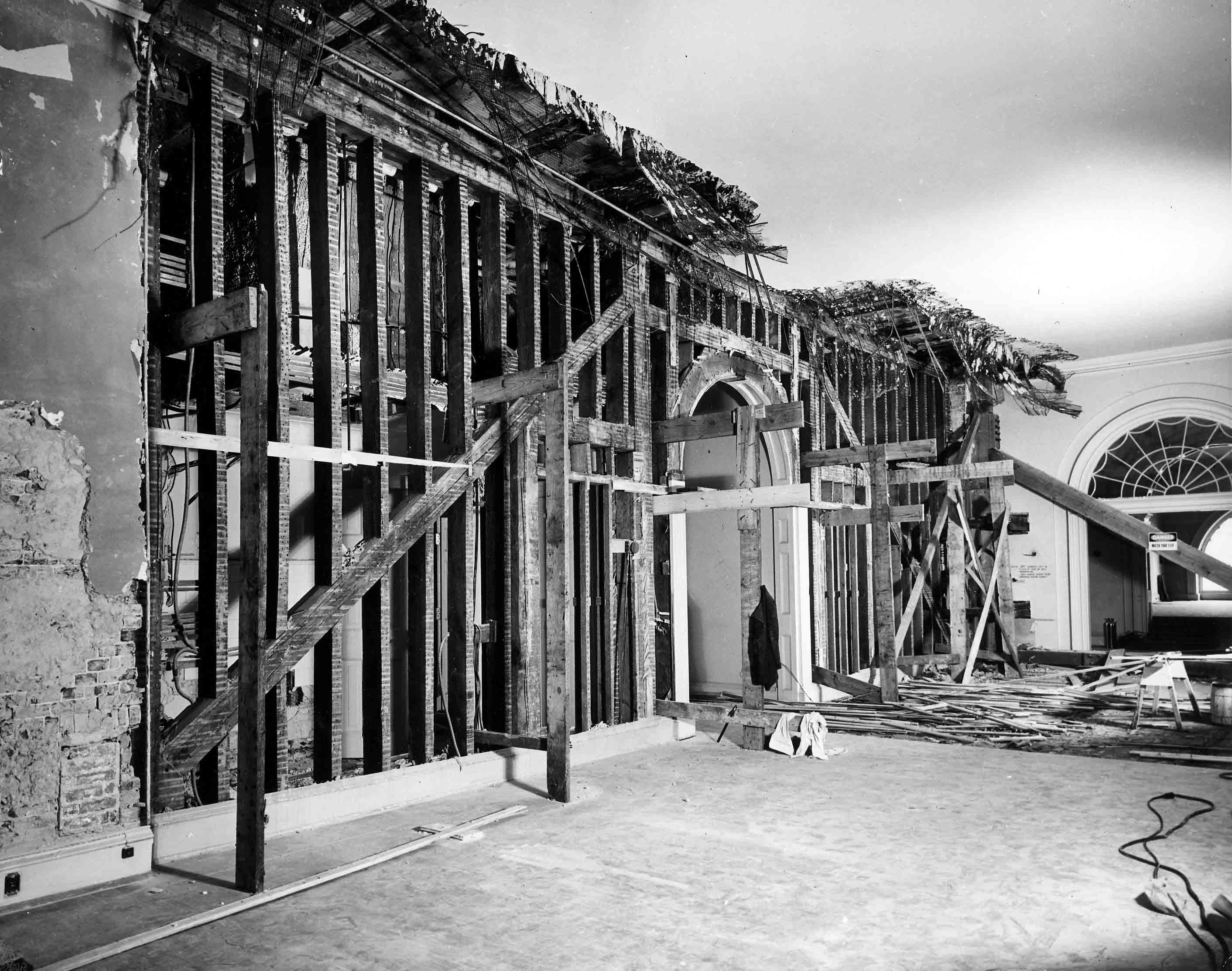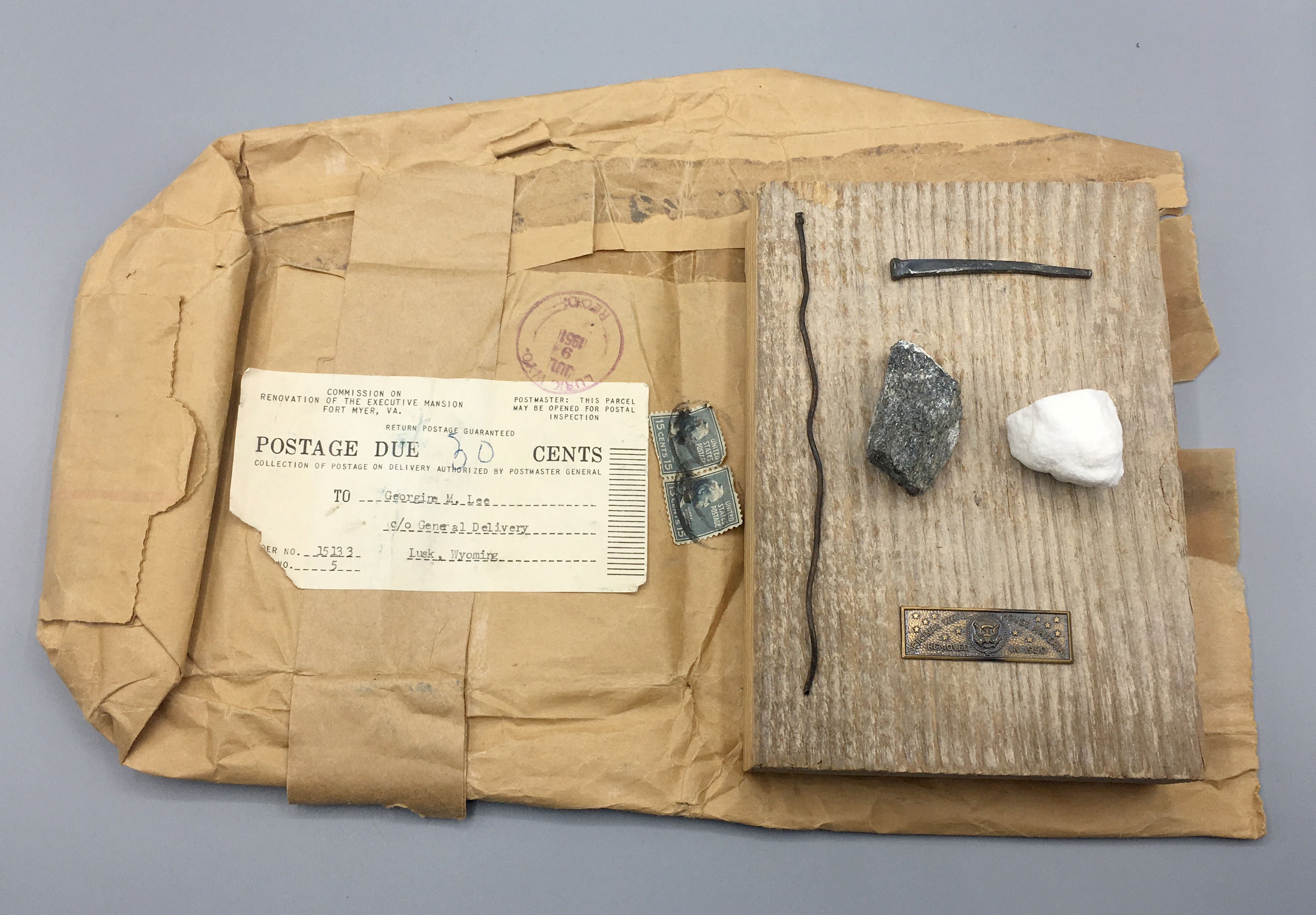“Collecting the White House”… I use that phrase not referring to the pieces used inside the White House over the years, but instead the pieces used in the building of the White House.
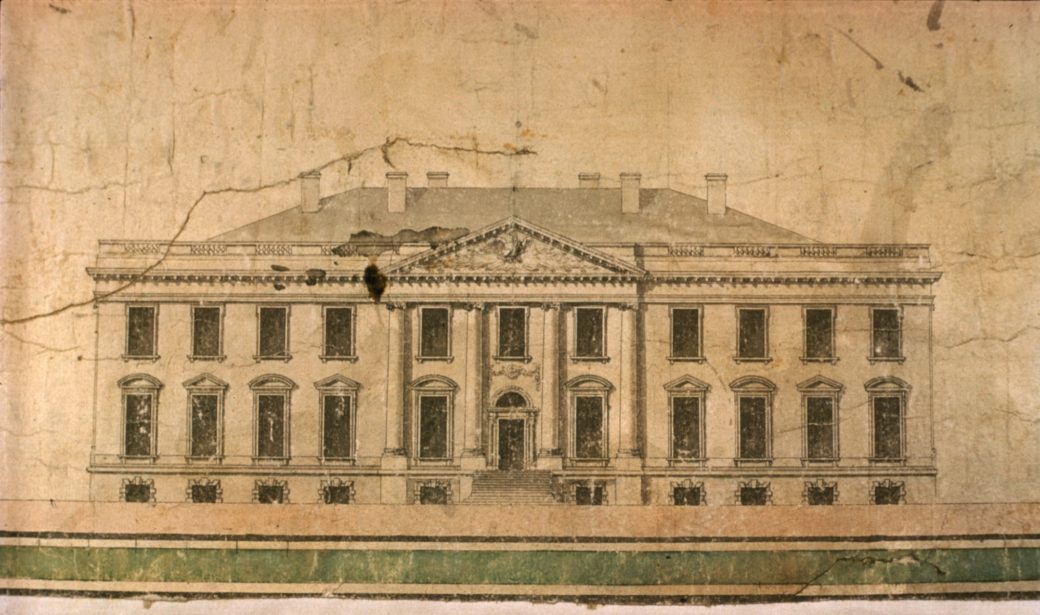
These were pieces of material that were actually a part of the construction of this historic residence. They were pieces of virgin timber cut and constructed by the early carpenters. They were the bricks formed from local clay by the brick masons and slaves. They were the nails hand forged by the blacksmiths. They were the decorative ornamentation formed and molded by the plasterers. They were the stones cut and carved by the stonemasons.
Wood and nails were hidden behind beautifully decorated walls in the interior rooms. Bricks lining the interior foundation were untouched and unseen since the brick masons laid them 200 years ago. The renovations, particularly Truman’s, revealed them and provided an opportunity for folks around the country to be able to own a small piece of the symbol of our great Nation.
Finding these pieces can be quite a challenge sometimes. This is an area of collecting where pieces can be tough to locate, especially unique items. They have been stored in houses, old collections, boxes tucked away in attics and basements and even gardens. Estate sales, especially ones of notable people, can be a source of these souvenirs. Members of Congress, former White House employees and staff and their families have been known to acquire pieces as a remembrance.
Auction houses are an excellent source for this type of material and relics. National, local, online and catalog auctions occasionally offer unique pieces. Antique dealer sales, private sales and other fellow collectors are also great sources for renovation pieces.
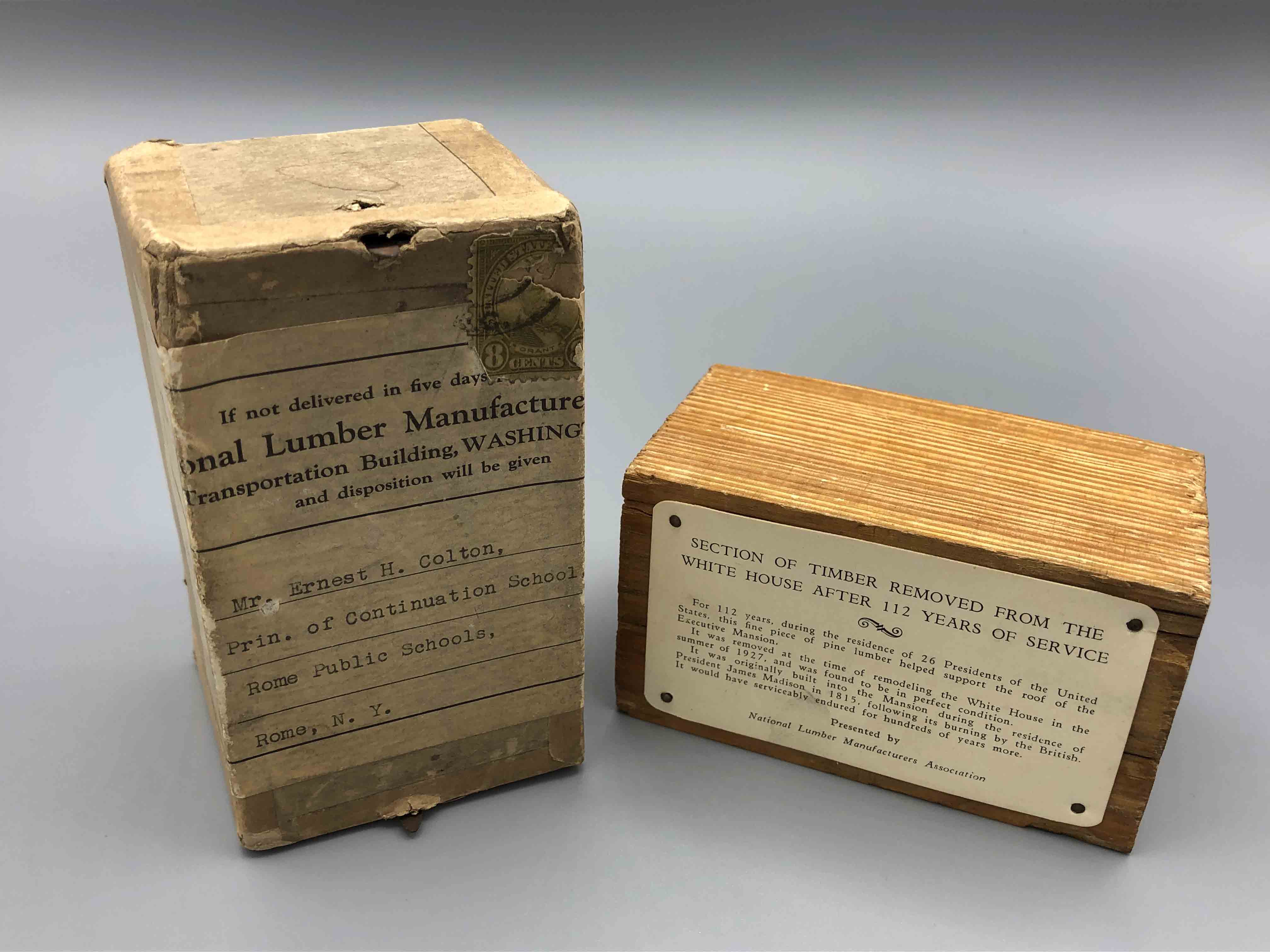
Identifying the piece or souvenir is the key. Many of the earlier pieces that were picked up by the public, especially during Roosevelt’s 1902 restoration, only had paper tags or letters identifying where and how they were acquired by the original collector. Fountain pens or pencils were used for writing on the now well aged contemporary paper. Quite a few of the items from the 1927 Coolidge roof renovation were produced by the companies that were involved with the project and featured brass or bronze ID plaques. Many of the pieces from Truman’s 1948-1952 renovation were issued by the Renovation Commission and were supplied with small bronze identification plaques. Special pieces may or may not have this plaque if it came directly from someone connected with the White House renovation.

Selling prices for these relics and souvenirs varies widely. Each sale really depends on the quality or uniqueness of the item, documentation, type of transaction and even publicity.
Several years ago, a documented piece of original molding removed during Roosevelt’s 1902 renovation, with good documentation, lots of publicity and national auction exposure sold for $150,000. This is the high extreme befitting a very unique piece. On the other hand, gavels, one of the more commonly seen souvenirs, have been known to sell for $100-150. These have been generally very simple gavels with no background history. A gavel with finer workmanship and provenance can raise the selling price accordingly.
With patience, persistence and knowledge, many nice pieces can be added to your collection for a reasonable price
Begin right here.
Knowledge is critical when you are beginning or advancing a collection.
The more you know the wiser decisions you will be able to make when you find a piece for sale. An excellent place to start is the resource book, White House Renovation Souvenirs. It is the only book specific to the subject of collecting these pieces of history. General White House history can be found through the articles and publications of the White House Historical Association as well as other published books.
Hopefully, this site will give you some valuable tools to begin a wonderful and enjoyable collection!
